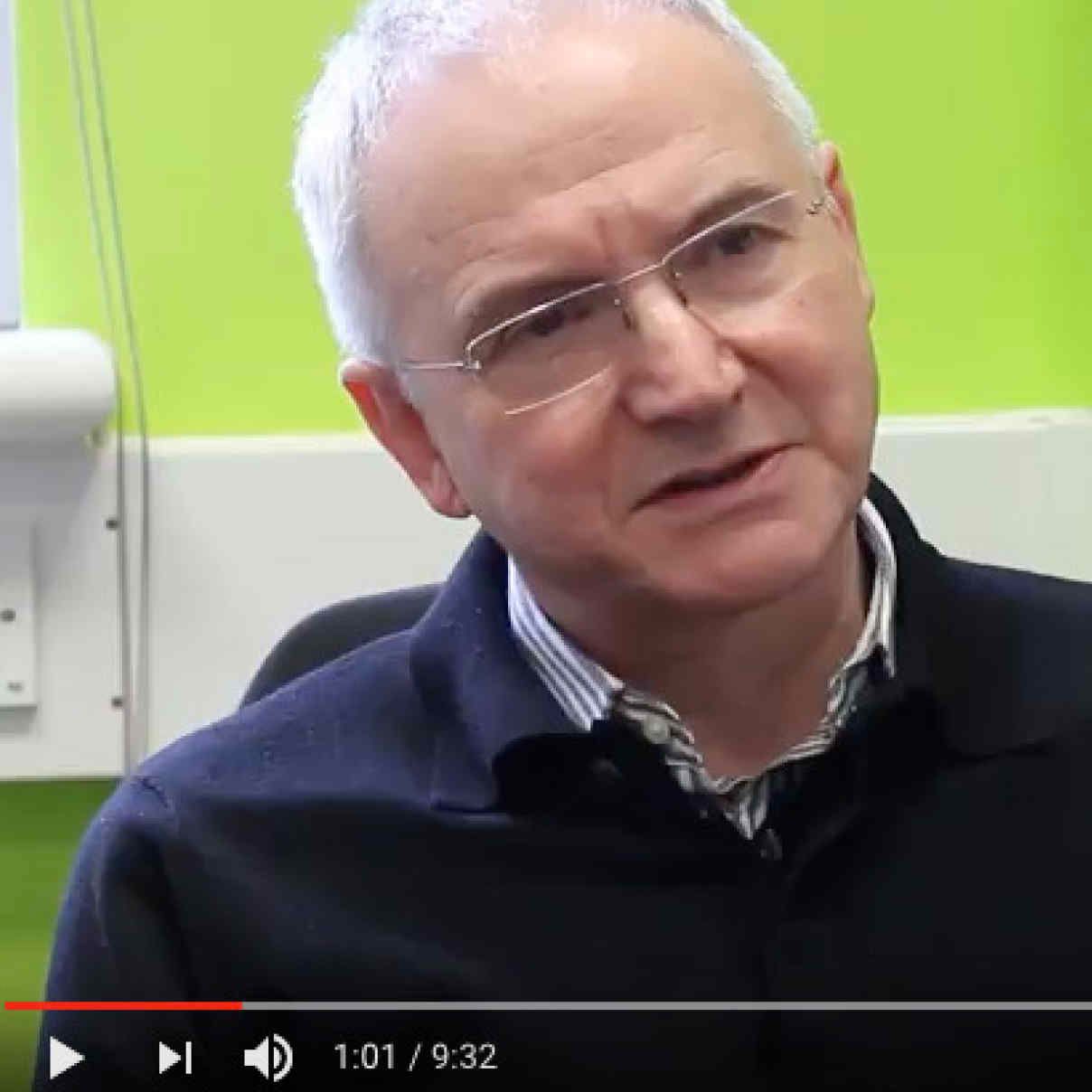BibTex format
@article{Rowe:2017:10.1056/NEJMoa1709847,
author = {Rowe, SM and Daines, C and Ringshausen, FC and Kerem, E and Wilson, J and Tullis, E and Nair, N and Simard, C and Han, L and Ingenito, EP and Mckee, C and Lekstrom-Himes, J and Davies, JC},
doi = {10.1056/NEJMoa1709847},
journal = {New England Journal of Medicine},
pages = {2024--2035},
title = {Tezacaftor-ivacaftor in residual-function heterozygotes with cystic fibrosis},
url = {http://dx.doi.org/10.1056/NEJMoa1709847},
volume = {377},
year = {2017}
}
RIS format (EndNote, RefMan)
TY - JOUR
AB - BACKGROUNDCystic fibrosis is an autosomal recessive disease caused by mutations in the CFTR gene that lead to progressive respiratory decline. Some mutant CFTR proteins show residual function and respond to the CFTR potentiator ivacaftor in vitro, whereas ivacaftor alone does not restore activity to Phe508del mutant CFTR.METHODSWe conducted a randomized, double-blind, placebo-controlled, phase 3, crossover trial to evaluate the efficacy and safety of ivacaftor alone or in combination with tezacaftor, a CFTR corrector, in 248 patients 12 years of age or older who had cystic fibrosis and were heterozygous for the Phe508del mutation and a CFTR mutation associated with residual CFTR function. Patients were randomly assigned to one of six sequences, each involving two 8-week intervention periods separated by an 8-week washout period. They received tezacaftor–ivacaftor, ivacaftor monotherapy, or placebo. The primary end point was the absolute change in the percentage of predicted forced expiratory volume in 1 second (FEV1) from the baseline value to the average of the week 4 and week 8 measurements in each intervention period.RESULTSThe number of analyzed intervention periods was 162 for tezacaftor–ivacaftor, 157 for ivacaftor alone, and 162 for placebo. The least-squares mean difference versus placebo with respect to the absolute change in the percentage of predicted FEV1 was 6.8 percentage points for tezacaftor–ivacaftor and 4.7 percentage points for ivacaftor alone (P<0.001 for both comparisons). Scores on the respiratory domain of the Cystic Fibrosis Questionnaire–Revised, a quality-of-life measure, also significantly favored the active-treatment groups. The incidence of adverse events was similar across intervention groups; most events were mild or moderate in severity, with no discontinuations of the trial regimen due to adverse events for tezacaftor–ivacaftor and few for ivacaftor alone (1% of patients) and placebo (<1%).CONCLUSI
AU - Rowe,SM
AU - Daines,C
AU - Ringshausen,FC
AU - Kerem,E
AU - Wilson,J
AU - Tullis,E
AU - Nair,N
AU - Simard,C
AU - Han,L
AU - Ingenito,EP
AU - Mckee,C
AU - Lekstrom-Himes,J
AU - Davies,JC
DO - 10.1056/NEJMoa1709847
EP - 2035
PY - 2017///
SN - 0028-4793
SP - 2024
TI - Tezacaftor-ivacaftor in residual-function heterozygotes with cystic fibrosis
T2 - New England Journal of Medicine
UR - http://dx.doi.org/10.1056/NEJMoa1709847
UR - https://www.nejm.org/doi/10.1056/NEJMoa1709847
UR - http://hdl.handle.net/10044/1/56370
VL - 377
ER -
